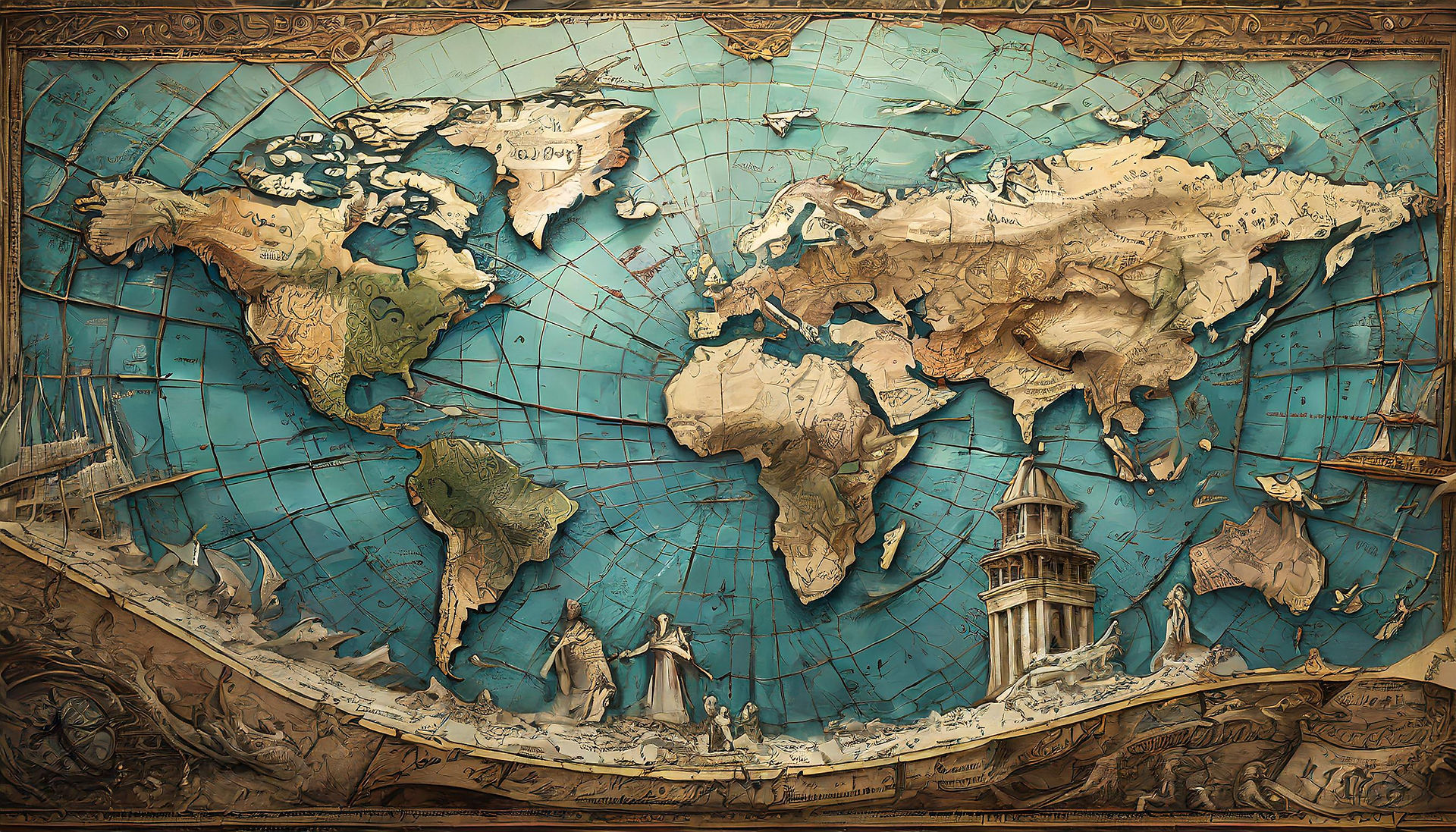What Mountains Tell Us of God
- David Kilby

- Oct 4, 2023
- 4 min read
Updated: Oct 28, 2023

Nothing on this earth awakens my imagination and sense of awe like mountains. Oceans, seas, and big lakes come close, but for some reason large bodies of water are not as majestic to me as mountains. They are larger than life, transcendent, soaring above us and expanding our horizon vertically.
That is why, I think, God sent Moses up Mt. Sinai to receive the Ten Commandments, and why Jesus brought James, Peter, and John up Mt. Tabor to see his transfiguration. Nature is a symbol for the way God designed the spiritual world. The spiritual world is revealed symbolically in the physical world. When God took these great saints up mountains, he was signifying his desire to bring us closer to heaven.
Heaven's trickle-down economics
Once I went on a road trip to Montana, Wyoming, and Yellowstone with my family. My father, brother and I rented quads and rode them into the mountains. There we found a mountainside of snow in the middle of July. I imagined that same mountainside was full of snow just a few months earlier, but it melted, trickled down the ridge and nourished the lush valleys below where we were staying.
We are spiritually impoverished. We live in the valley of the shadow of death and deeply depend on heaven's graces to trickle down into our dale. I've heard some saints and spiritual writers talk about the economy of grace, and I was interested in learning more about it. So I started reading Scripture through the lens of heaven's economy, which is based on gratitude and humility: The amount of grace given to us is limited only by how thankful and humble we are before God.
Now, with this new lens, the more I read the Gospels the more I see this economy of grace at work. Christ preaches about the Kingdom of Heaven as if it is a place of abundance, a place that does not work the same way our finite economies work. There are infinite graces available for all. This valley of death isn't so bad if we see how it is surrounded by the mountains of heaven, where pristine snow melts and trickles down into our mortal realm. As the saying goes though, you can lead a horse to water but you can't force them to drink. Despite the fact that God is offering these abundant graces to us, so often we refuse to participate in them and prefer to do things our way.
The Synod on Synodality
Mountains are cold, inaccessible, distant, and condescending. And yet, they are what nurture the valley below. We who live in the Valley of the Shadow of Death, the Valley of the Fallen, need the mountain's resources to descend to us in order to survive. Mountains are cold, distant, inaccessible and condescending, and yet people still climb them. People will still strive for holiness, not despite its harsh features but because of them. These harsh features are what awaken in us the desire to deny our carnal wants and reach for something higher. They raise us to a nature beyond this world, the nature for which God created us. It is fitting that God uses the natural world to remind us of this our true human nature.
The Synod on Synodality tries to reverse the natural process by which lower contingent beings receive nourishment from on high. In a word, it is trying receive nourishment from the Valley of Death rather than the heavenly mountains. We are trying to do things our own way and not relying on heaven's graces. We are trying to receive guidance from one another, rather than from heaven. Is this because we no longer believe in the economy of grace? Have we fallen even deeper into the valley, so we now dwell in the caverns of ingratitude and pride? If so, it's no wonder we can no longer see the light. It's no wonder it's so difficult to discern God's voice. We prefer the ways of men over the ways of God, and "If a blind man leads a blind man, both will fall into a pit."
A recent article shares the news of a letter written by Cardinal Joseph Zen, expressing similar concerns about the Synod:
Cardinal Zen shares “even greater confusion and worry” about “the suggestion being made that finally the day has come to overturn the pyramid, that is, with the hierarchy surmounted by the lay people.” Pope Francis used the image of an inverted pyramid in a major speech in 2015, commemorating the 50th anniversary of the institution of the synod of bishops in 2015. Describing the role of the Apostle Peter as the “rock” atop which the Church is founded, the Holy Father said: “But in this Church, as in an inverted pyramid, the top is located beneath the base.”
If the hierarchy of the Church no longer feels fit to serve as prophets of God, that can only mean one thing: They are no longer interested in striving for holiness. We all struggle to be holy, but the important part is to continue with he struggle. If the bishops are looking to the laity to provide guidance for the Church, then they have abandoned the struggle. Indeed, they have abandoned their post and have left the people of God to fend for themselves like sheep without a shepherd.




Comments